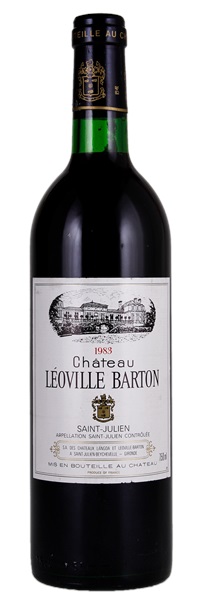Light capsule condition issue; lightly depressed cork; top shoulder fill; label condition issue
Removed from a subterranean wine cellar; Purchased at retail

Image above is an example. To view the image of the lot, click the item number.
Estimate
Beautiful wine with wonderful subtlety and finesse. Complex aromas and flavors of tobacco, plum and berries, full bodied yet reserved and silky.